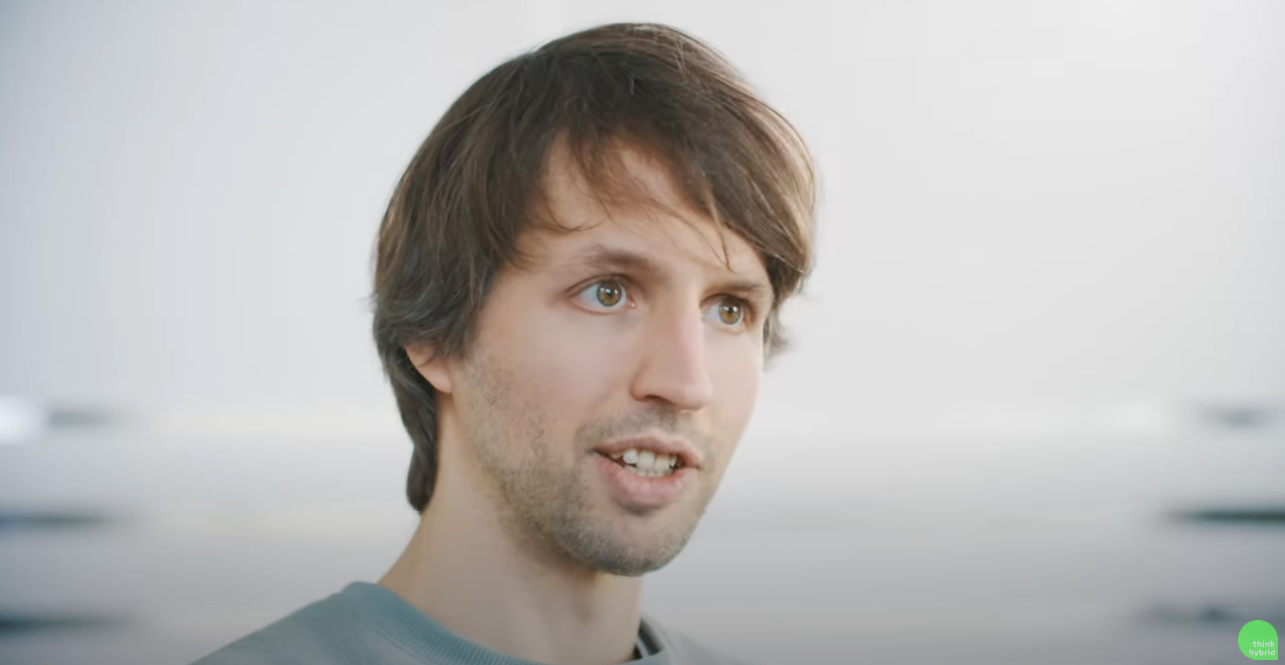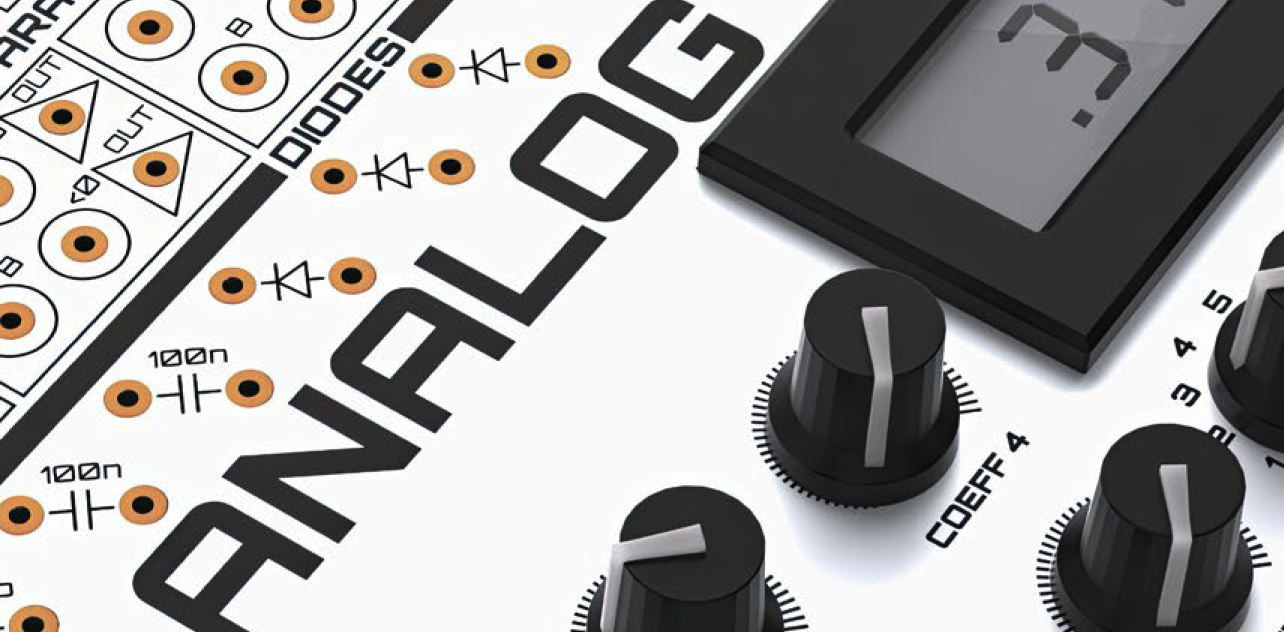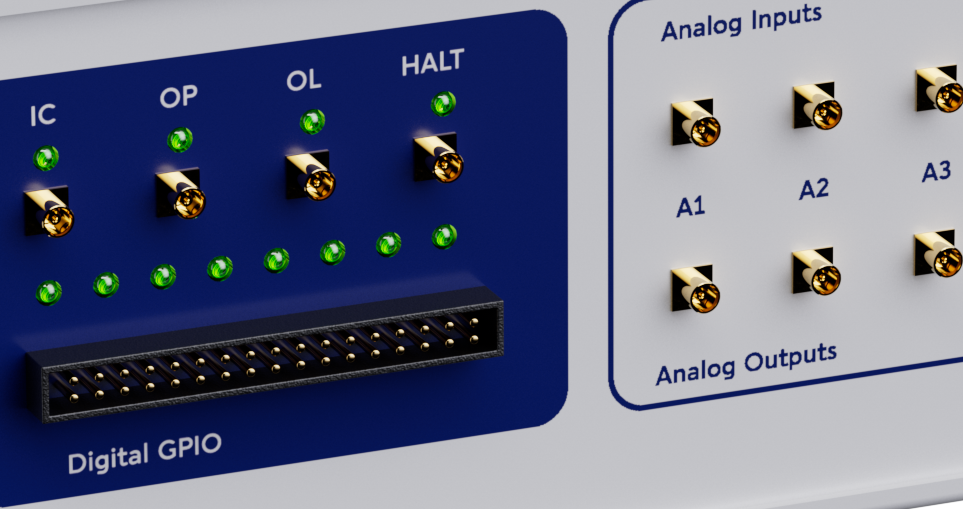think hybrid
At anabrid, our vision is to revolutionize the future of computing by seamlessly blending analog and digital technologies to create the world’s most energy-efficient and powerful hybrid systems. Our mission is to use this groundbreaking technology to solve global challenges, from accelerating AI to real-time climate modeling, building a greener future for all of us.
Hybrid Computing?
Explore how we redefine computation with our unique Analog-Digital Hybrid Computing approach. Learn more about the technology and our hardware products.

anabrid in a nutshell
More about usApplications
Current unconventional computing is far from practical use. In contrast, analog computing is proven, with reliable components and mature production. Anabrid’s unique hybrid system combines the power of analog computing with the accessibility of digital systems. This patented technology delivers ultra-fast, energy-efficient supercomputers for uses like motion control in automation and real-time flight wing adjustments. It merges the best of both worlds, outperforming today’s fully digital computers with more power and lower costs.
See hybrid computing in action — through one of our first real-world applications:





